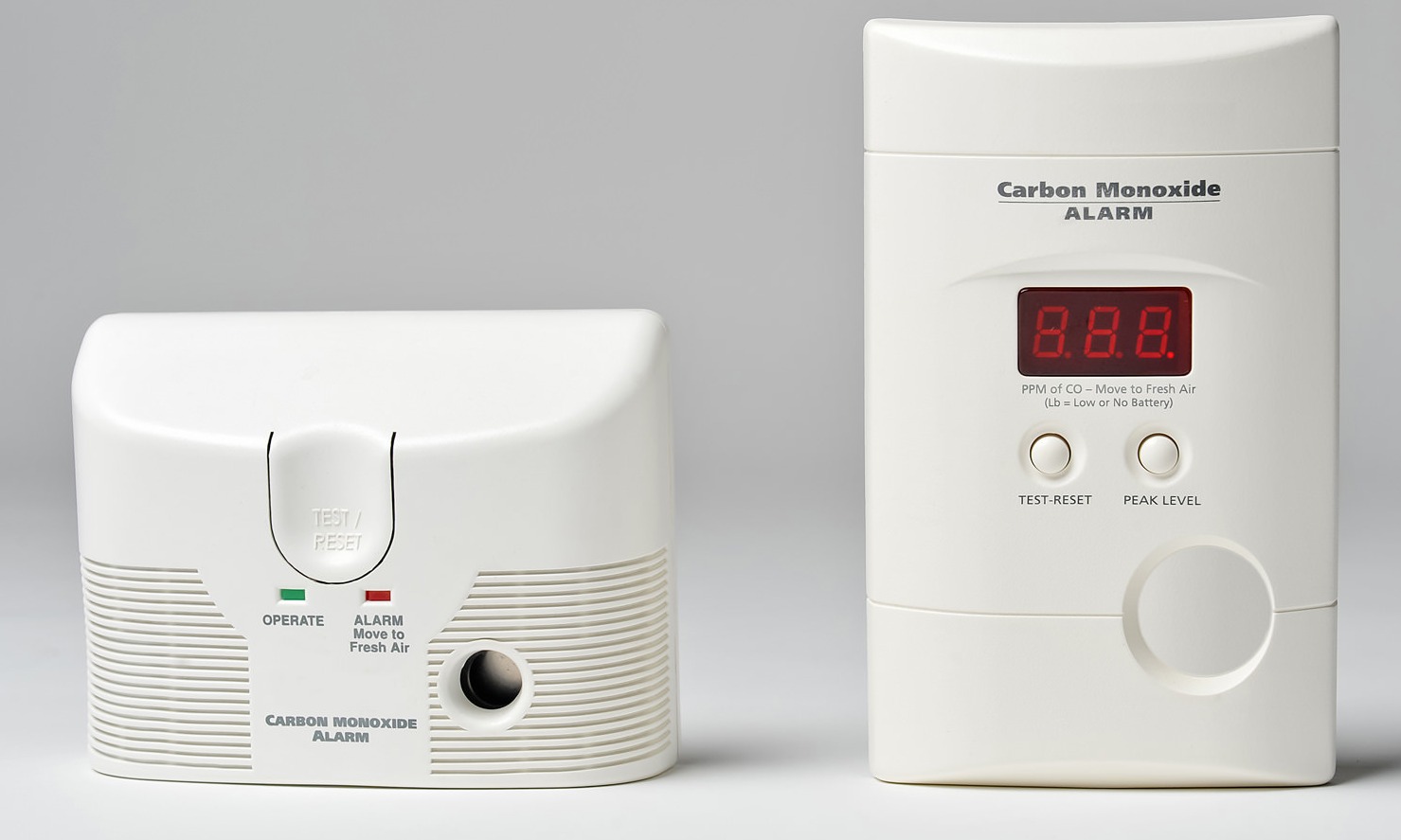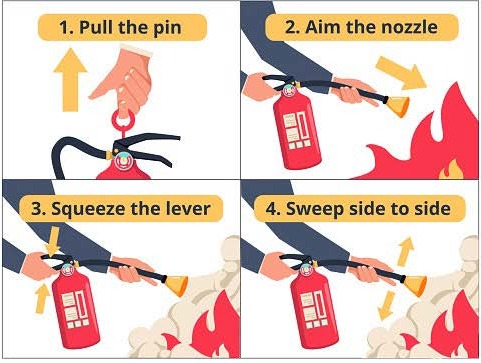
It's the law
The Ontario Fire Code makes it mandatory to have working smoke alarms in every home, on every level, and outside all sleeping areas. This applies to all single-family, semi-detached and townhomes, whether owner-occupied or rented.
It is the responsibility of homeowners to install and maintain smoke alarms. It is the responsibility of landlords to ensure their rental properties comply with the law.
If you are a rental property tenant and do not have the required number of smoke alarms, contact your landlord immediately. It is against the law for tenants to remove the batteries or tamper with the alarm in any way.
Failure to comply with the Fire Code smoke alarm requirements could result in a ticket for $360 or a fine of up to $50,000 for individuals or $100,000 for corporations.
A working smoke alarm can save lives in the event of a fire in your home.
Did you know that 90% of residential fires are preventable? In Oshawa, from 2009 to 2012, only 39% of buildings where fires occurred had working smoke alarms. Out of those fires:
- 15% of buildings where a fire occurred had smoke alarms that did not operate
- 19% of buildings where a fire occurred, no smoke alarm was present
Change your clock, change your battery
To make sure that the batteries are always fresh, change the battery in your smoke alarm when you change your clock in the spring and fall.
Test your smoke alarm
To ensure your smoke alarm is working, test it once a month by pushing the test button. If you think your smoke alarms are more than 10 years old, replace them with new ones.
Make sure everyone in the household knows what to do if the smoke alarm sounds. Develop a home fire escape plan and practice it with the entire household.
Safety tips
Install smoke alarms on every storey of your home, including the basement.
- Follow every step of the manufacturer's directions when you install your smoke alarms
- Follow directions for testing and cleaning them
- Change batteries as recommended
- Never "borrow" batteries from your smoke alarm for another device
- Replace any smoke alarm that is more than 10 years old
Dealing with nuisance alarms
Only working smoke alarms save lives.
- Never remove the batteries from smoke alarms
- If you have problems with nuisance alarms, try relocating them or buying an alarm with a hush feature to silence the alarm temporarily
- If your smoke alarm goes off when cooking or showering, do not remove the battery. There are solutions to deal with the problem, that include:
- Keep stove and burners clean
- Adjust the timer setting on the toaster
- Use the range hood fan when cooking
- Turn on the bathroom fans while taking a shower
- Install smoke alarms with the hush button that will temporarily silence the alarm. The smoke alarm will re-set itself after several minutes
- Move smoke alarms that are too close to the kitchen or bathrooms to a different location
- Try replacing ionization smoke alarms near the kitchen and bathrooms with photoelectric smoke alarms
- Replace smoke alarms that are more than 10 years old
Choose the right alarms
Smoke alarms are available with different features and applications. It may be confusing to know if you are choosing the right alarm. Consider selecting an alarm with the following features
Options
| Features | Description |
|---|---|
| Power source |
Smoke alarms can be electrically powered, battery powered or both. If you are installing an electrically powered alarm, it is recommended that it have a battery back up in case of power failures. |
| Technology | Most smoke alarms employ either ionization or photoelectric technology. Ionization alarms may respond slightly faster to flaming-type fires, while photoelectric alarms may be quicker at detecting slow, smoldering fires. |
| Pause feature |
Smoke alarms with a pause button are recommended so the alarm can be silenced for a short time without disconnecting the power source. |
Ideal Locations
Smoke alarms must be installed on each storey of the home and outside sleeping areas. Because smoke rises, smoke alarms need to be installed on the ceiling. If this is not possible, install the alarm high up on a wall. Always follow the manufacturer's instructions when installing smoke alarms.
Avoid putting smoke alarms close to bathrooms, windows, ceiling fans and heating and cooking appliances






